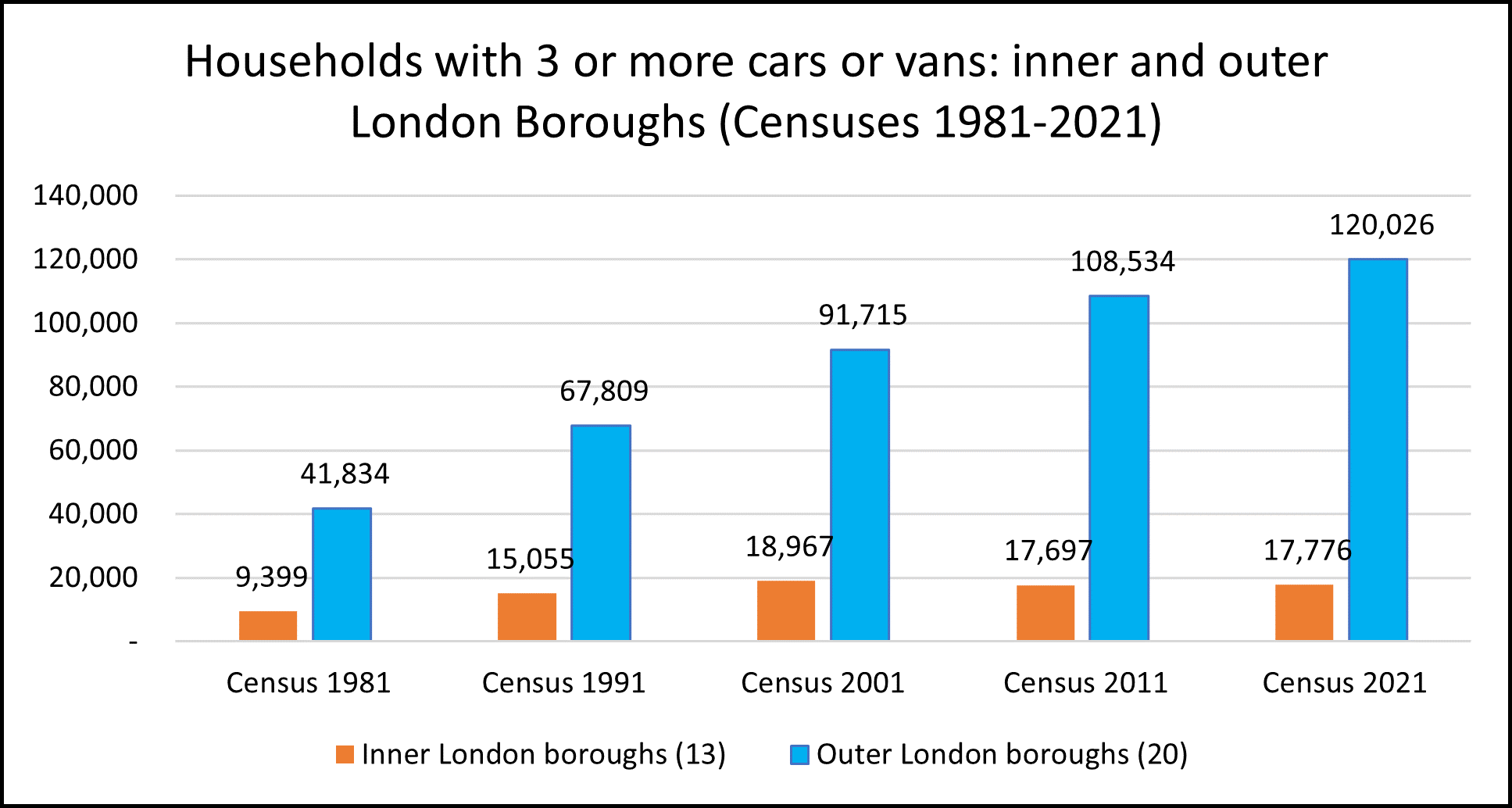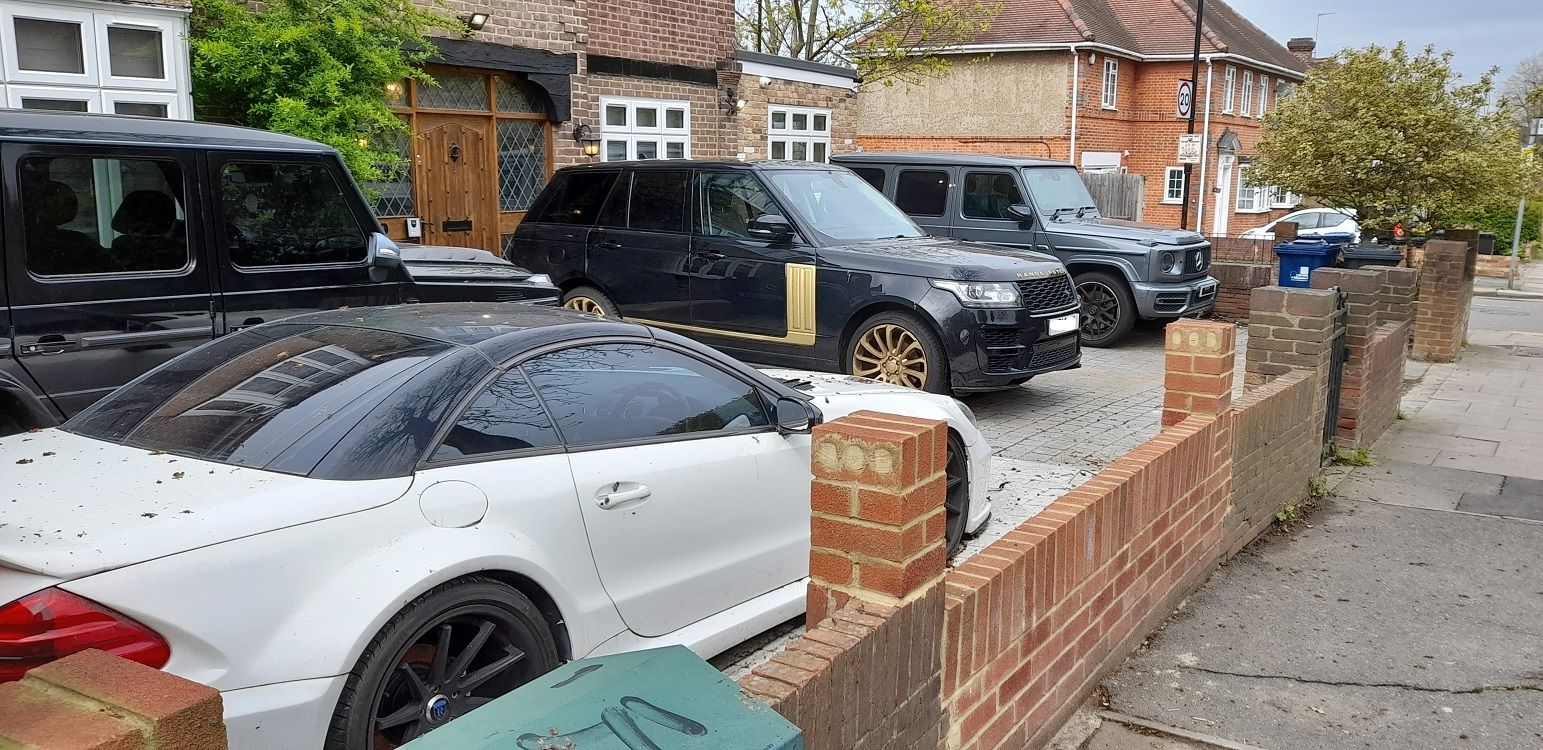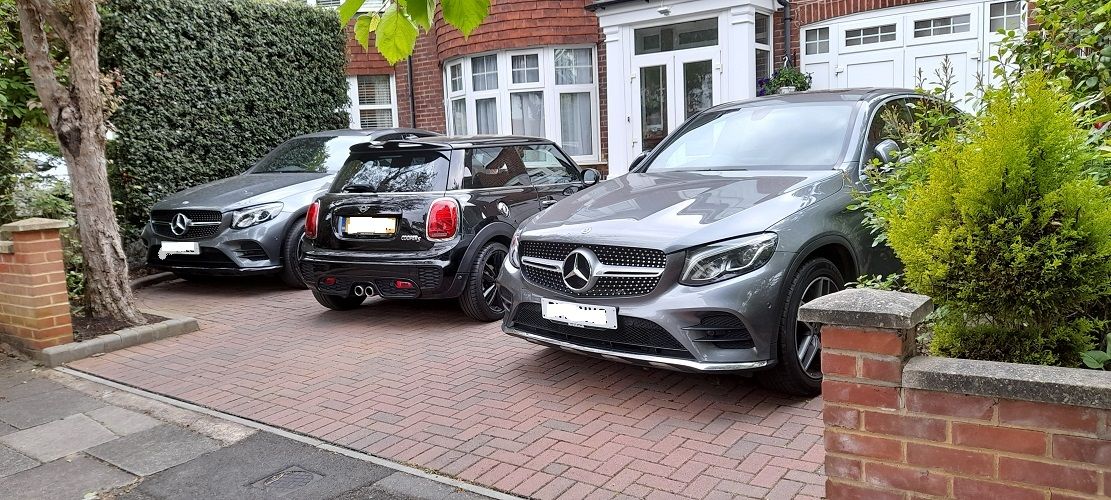
Back in 1981 there were just 41,834 households in outer London with three or more vehicles. Forty years later, this had nearly quadrupled to over 120,000 in 2021. But in less-spacious inner London boroughs the increase was much less, not even double (see chart).

Actually, a quarter of the households with three or more vehicles in 2021 actually had four or more vehicles! Over the past 20 years the number of these households has increased even faster.

Front garden parking, effectively permitted since 1995, is behind this massive rise.
If you can park in your front garden rather than the road, you can have more vehicles, all parked just outside your front door.
You can also buy bigger vehicles: it’s no coincidence that SUVs, MPVs and 4x4s are ever more popular, and the largest of them are over five metres long.
You can also avoid parking charges, e.g. in CPZs, and you can charge all your electric vehicles overnight at the same time – currently the cheapest option.

It’s completely legal to pave over just about every square inch of a front garden for car parking, despite all the damaging consequences, both for front gardens and for the wider neighbourhood.
All this damage – increased flood risk, heat island effect, biodiversity and pollinator loss, air and water pollution, loss of green space and aesthetic appeal – is well known, but totally ignored by Government. Yet it’s one of the last things we need if we are to mitigate the effects of climate change and biodiversity loss. And it’s entirely avoidable.
See our blog "it's not just flooding" for more about all the damage - here.
The rise in the number of vehicles per household is particularly stark in the more spacious outer London boroughs, which have more than 9,000 households with three or more cars or vans.
One borough (Bromley, which likes to view itself as being leafy and green) has more than 10,000 such households, of which over 3,000 have four or more vehicles:


